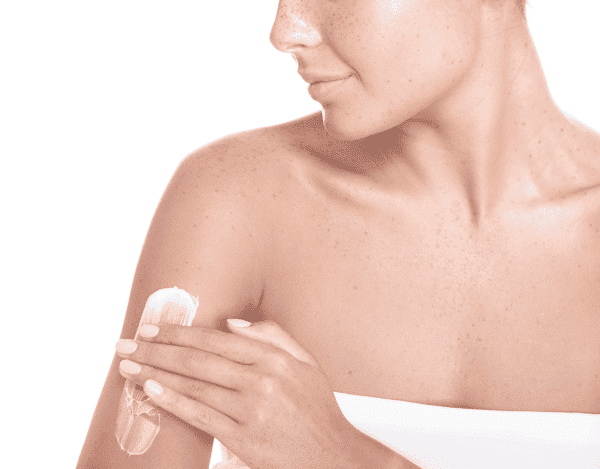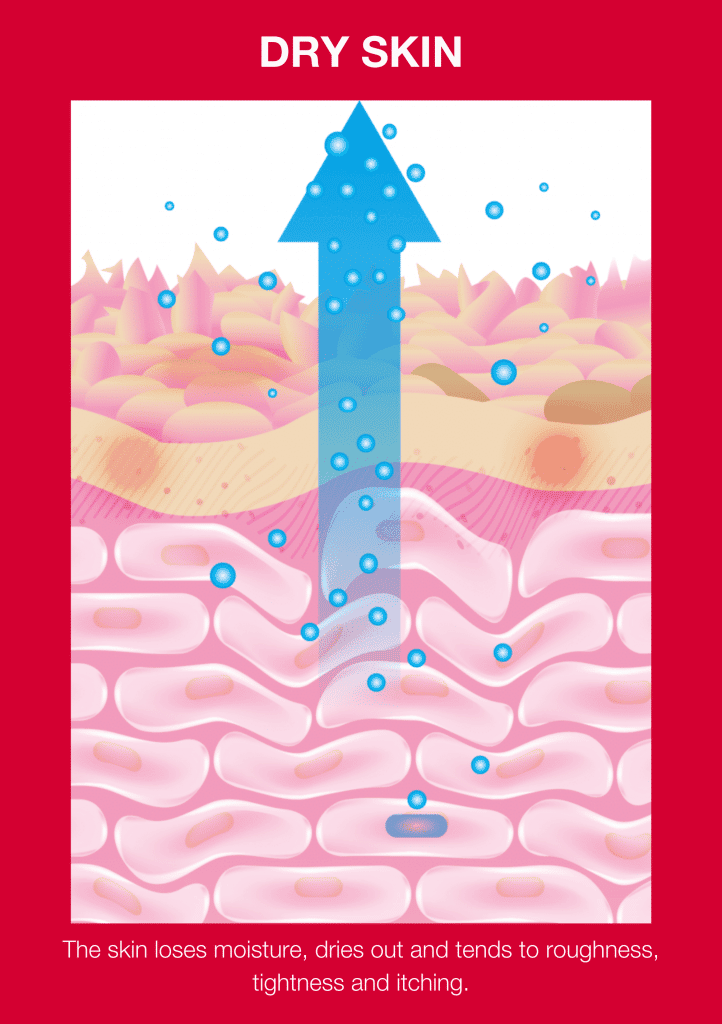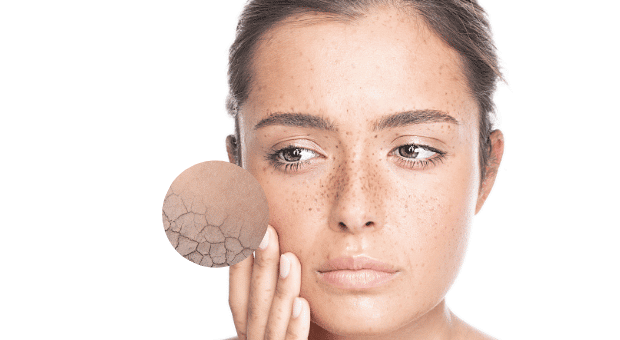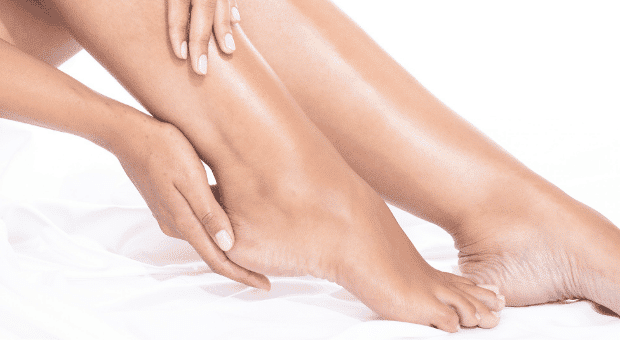

Dryness on the legs can manifest itself in different ways. Mostly you notice that the skin is rough or scaly, but also fine lines or even cracks can become visible. If you tend to have extremely dry skin, you may notice itching or an uncomfortable feeling of tightness. The most common places to notice dryness on the legs are the knees, shins and ankles.
But why is your skin prone to dryness on the legs? Dryness is generally a sign that the moisture balance is no longer in balance and the skin lacks moisture. Reasons for this can be genetic predisposition, age or even taking medication. With age, the skin often becomes drier and thinner – this is also referred to as parchment skin. Because the skin in the affected areas is very fine and thin, it can also quickly become sore. In the case of dry skin on the legs, the shin is more frequently affected. In addition, external factors or mechanical stimuli can also cause dry skin on the legs and have an influence on the moisture balance of your skin. A pair of jeans that is too tight can rub against your top layer of skin, causing increased skin flaking. The friction weakens the skin’s natural barrier, causing it to lose moisture and dry out. Wearing compression stockings for therapy of venous and lymphatic disorders, can also aggravate skin dryness. Small lines and cracks caused by dryness result, making the skin look rough and unhealthy. When skin is dry, the skin’s protective barrier deteriorates, which in turn leads to moisture loss. This increases the dehydration of the skin on the legs.

Dry skin on the legs can also be weather-dependent. Depending on the season, the skin has to adapt to different climatic conditions – in summer, for example, to increased sunlight and in winter to dry heating air. These changes can put additional stress on the skin and eventually lead to dryness of the skin on the legs.
Dry skin requires special attention. Bathing and showering create a sense of well-being and relaxation in us. For dry skin, however, frequent contact with water means stress. When drying off and immediately afterwards, dry skin loses more moisture due to the impaired skin barrier, which in turn increases the dryness. It is therefore important to restore the skin’s protective barrier as quickly as possible after drying off. Moisturizing care products should be used for this purpose.
If you have dry skin on your legs, avoid hot baths and make sure you prefer lukewarm water and do not shower for too long. Too hot water rinses the natural oil film from the skin and the skin can tend to become increasingly dry. When it comes to your shower gel, you should ideally opt for a pH-neutral and mild product. It is also advisable to use a mild nourishing shaving foam, because shaving can mean stress for dry legs. Especially after shaving, you should pay special attention to your shins and care for them with a suitable body lotion.
Remember to moisturize your dry legs every day by using creams and body lotions that are not too greasy, but moisturizing. Ideally, your skincare should contain natural moisture-retaining factors such as urea. For dry skin on the legs, apply the cream as soon as possible after showering, preferably even twice a day with circular movements – this improves the absorption of moisture and active ingredients.
The active ingredient urea is able to absorb, bind and slowly release water. It thus ensures greater skin hydration and regulates its moisture content. As a natural moisturizing factor, urea penetrates deep into the upper layers of the skin and provides intensive, long-lasting moisture. It is therefore ideal in the treatment of dry skin on the legs.

Feeling good in our own skin - that's what we all want. However, when the skin on your face is taut and itchy, it's not that easy. To change this, we reveal the causes of dryness on the face and simple care tips with which you can rebuild the skin's protective barrier.
Limy water can lead to dry skin and skin diseases. Learn more about the influence of water hardness on our skin here.

Struggling with dryness and cracking on your heels? Here you can learn more about the prevention and treatment of chapped or dry feet.

The skin protects the body from external influences. But the skin itself also needs protection: the skin's microbiome is responsible for this.
Dryness on the legs, rough knees or scaly shins are not only unpleasant, but also indicate that the skin in these areas lacks moisture and care. But what exactly is the cause of rough and dry skin on the legs and what can you do to restore enough moisture to the dried-out skin? Learn tips and tricks on how to avoid dry skin on your legs.

Due to the everyday wearing of a protective mask, our facial skin faces great challenges. As a result, irritation, impurities and dry patches can occur on the face, especially in sensitive skin. But even normal skin often shows irritations and skin irritations due to the increased use of a mouthguard, which can eventually lead to dry skin under the mask.